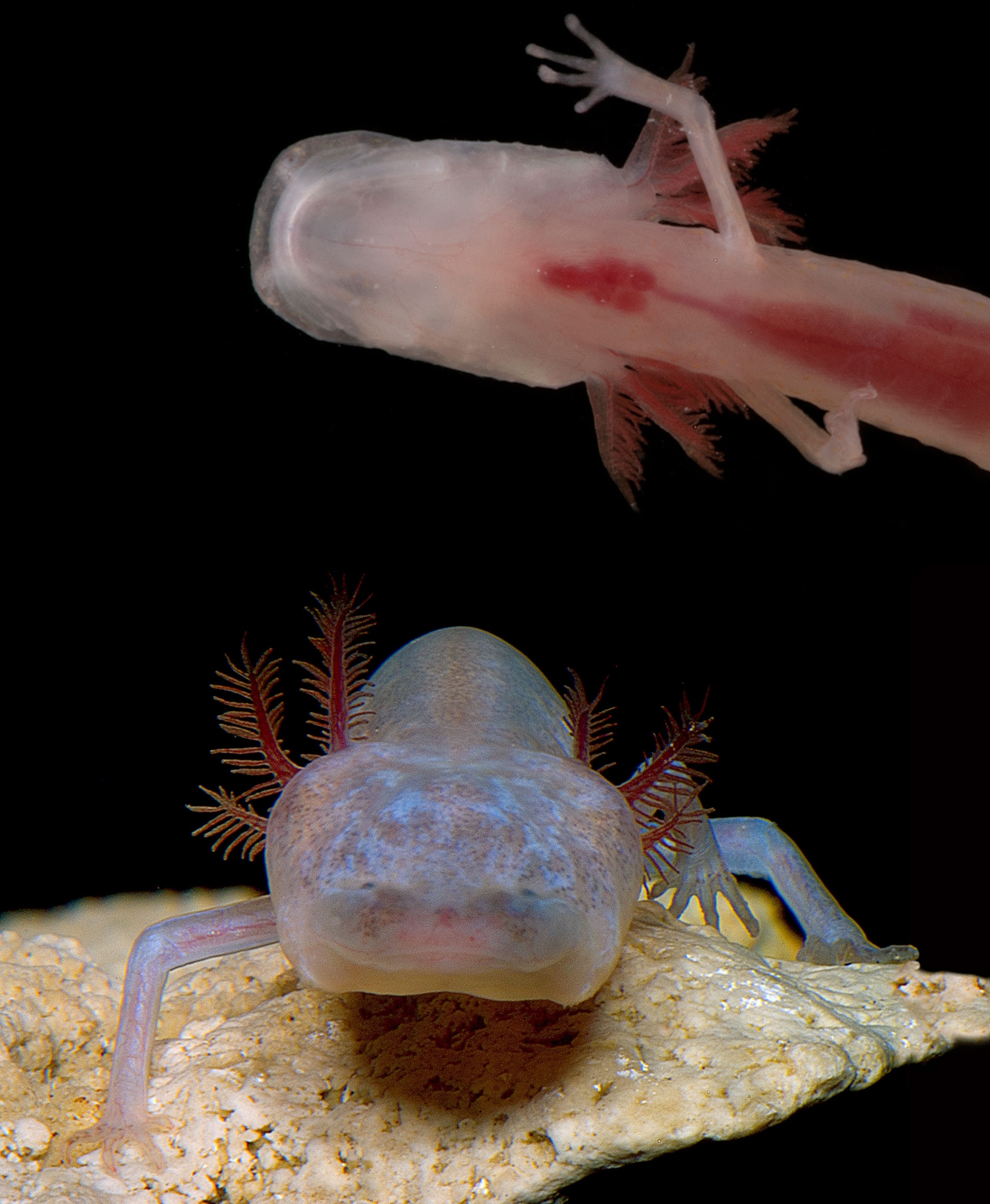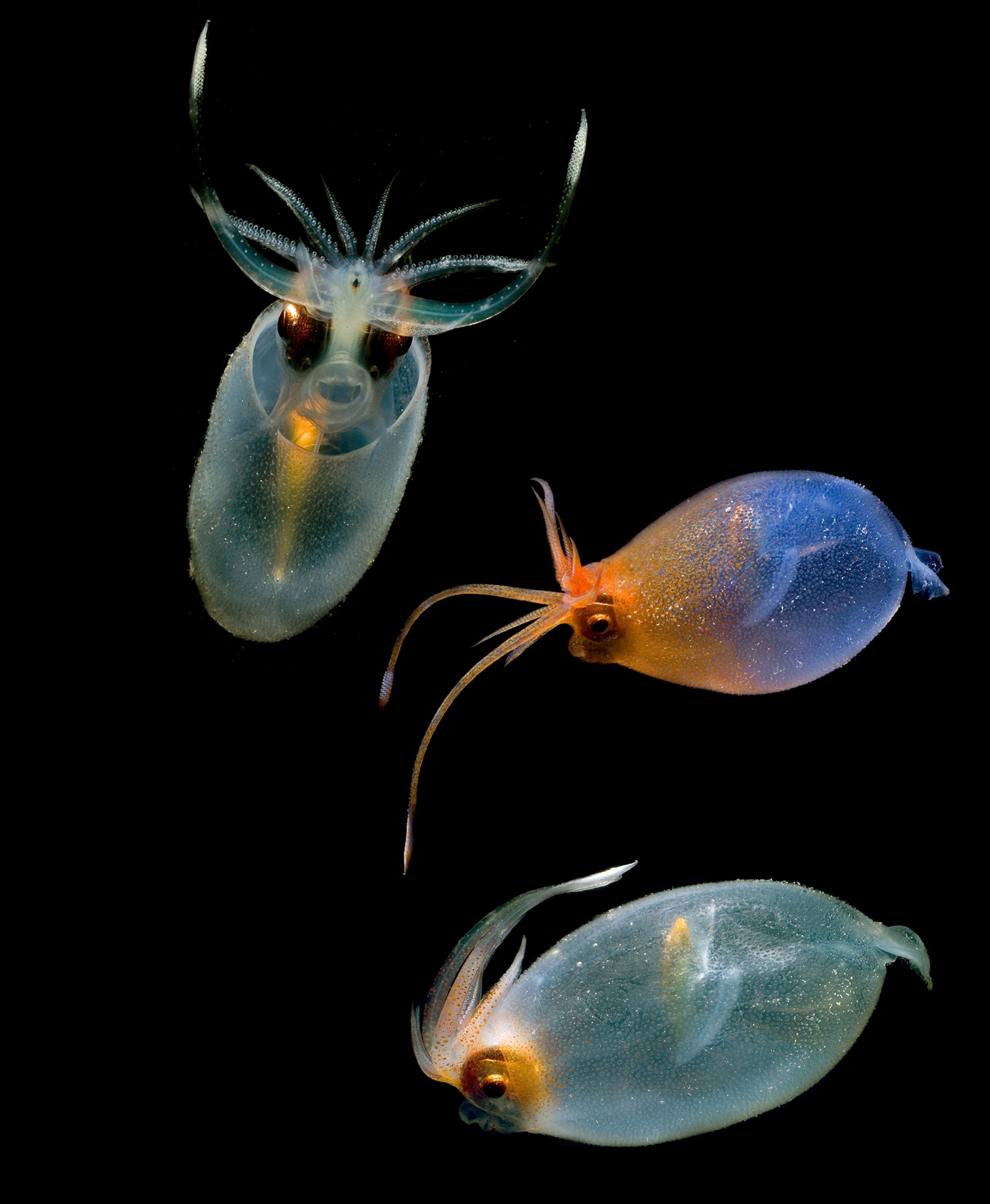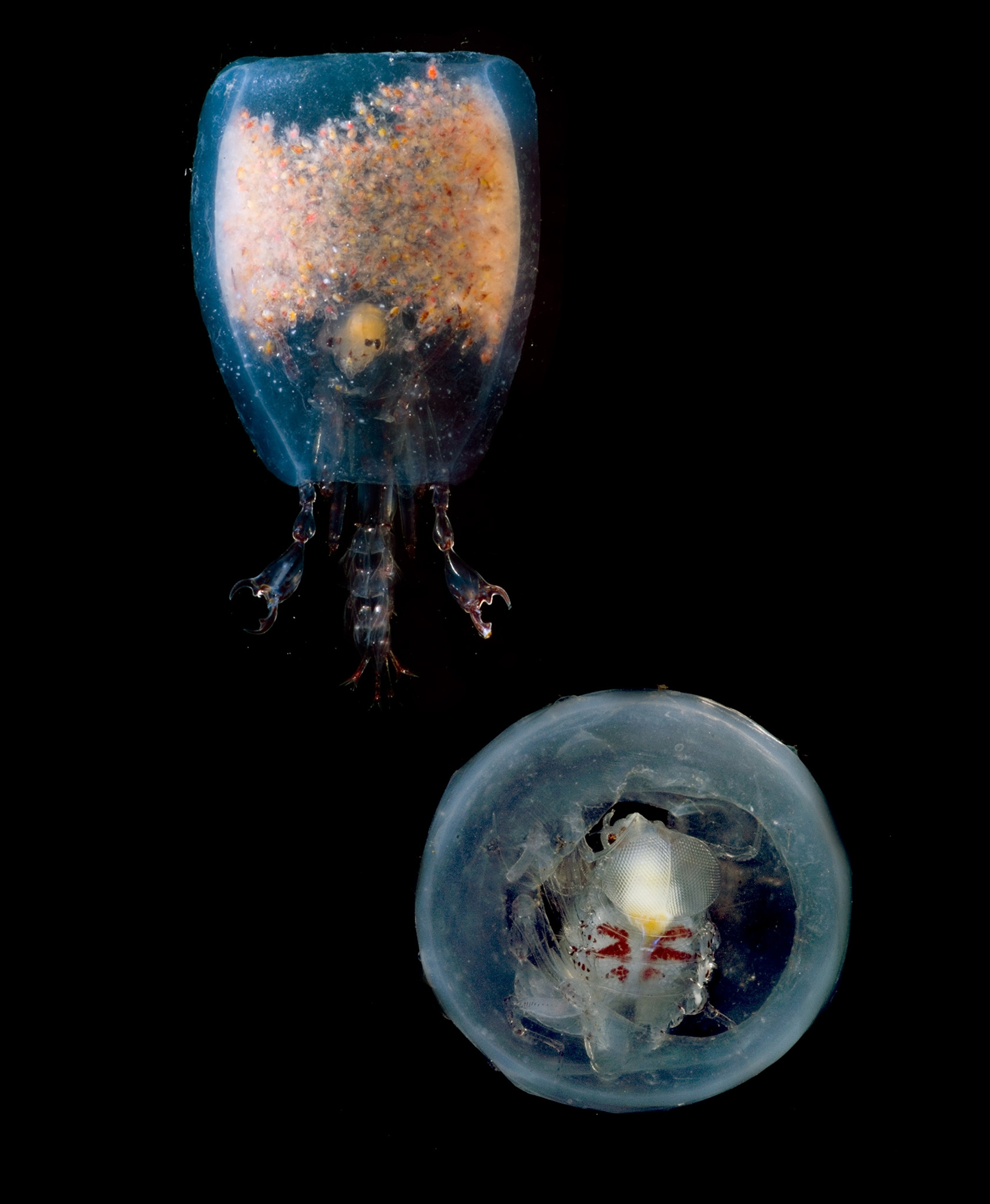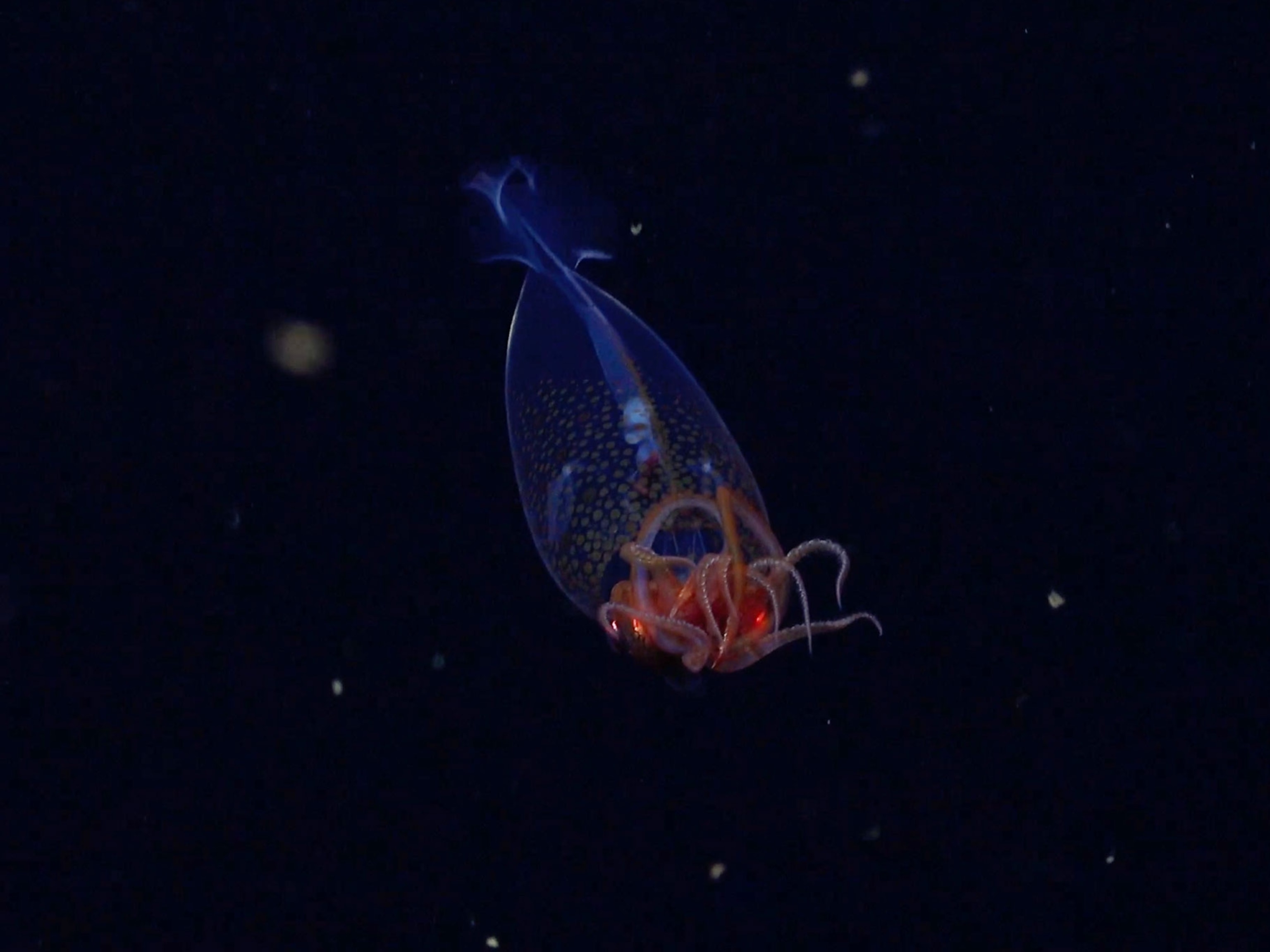These Beautiful Creatures Spend Their Entire Lives in Darkness
From blind salamanders to glowing squid, a new book explores the incredible biodiversity found in places where the sun doesn’t shine.
Snipe eel, phantom anglerfish, cockatoo squid. Don’t feel bad if you’ve never heard of these creatures, because even the scientists who study such things hardly ever see them.
“When people think of biodiversity, they think of big things like lions on the African savanna and polar bears in the Arctic,” says Danté Fenolio, a biologist at the San Antonio Zoo. “But in fact, the bulk of biodiversity is really small.”
Really small, and really well hidden.
Fenolio is the author of a new photo book called Life in the Dark that features tiny, bizarre creatures found in places where the sun never shines. He has taken photos of animals that live everywhere from deep-sea trenches to the subterranean networks beneath termite mounds.
Even in relatively shallow rivers and lakes, Fenolio says, turbidity can churn up sediment in the water so much that sunlight can’t penetrate. That means creatures that live just a few feet below the surface might as well be living at the bottom of the ocean.
“They’ve got the pressure, they’ve got the cooler temperature, and it’s absolutely dark,” he says.
Living in the dark is nothing new for these species, of course, and each has found ways to live without any help from the sun.
For instance, the firefly squid creates its own light with specialized cells called photophores, which help it avoid predators and attract mates. And some species, like the Texas blind salamander, hunt by sensing miniscule changes in water pressure. The amphibian has so little need for sight, its eyes are completely covered in skin.
But there’s something far more terrifying than any of the strange animals Fenolio has studied. And that’s the rate at which many of these ecosystems are changing, degrading, or disappearing altogether.
“So many of the amazing field sites I have worked over the years are now gone,” he says. “It’s like losing an old friend every time one of the special places vanish.”
Whether you see these creatures as beautiful or bizarre, Fenolio hopes the book will help shine a light on all the fascinating animals that thrive in darkness as well as the many more out there waiting to be discovered.












